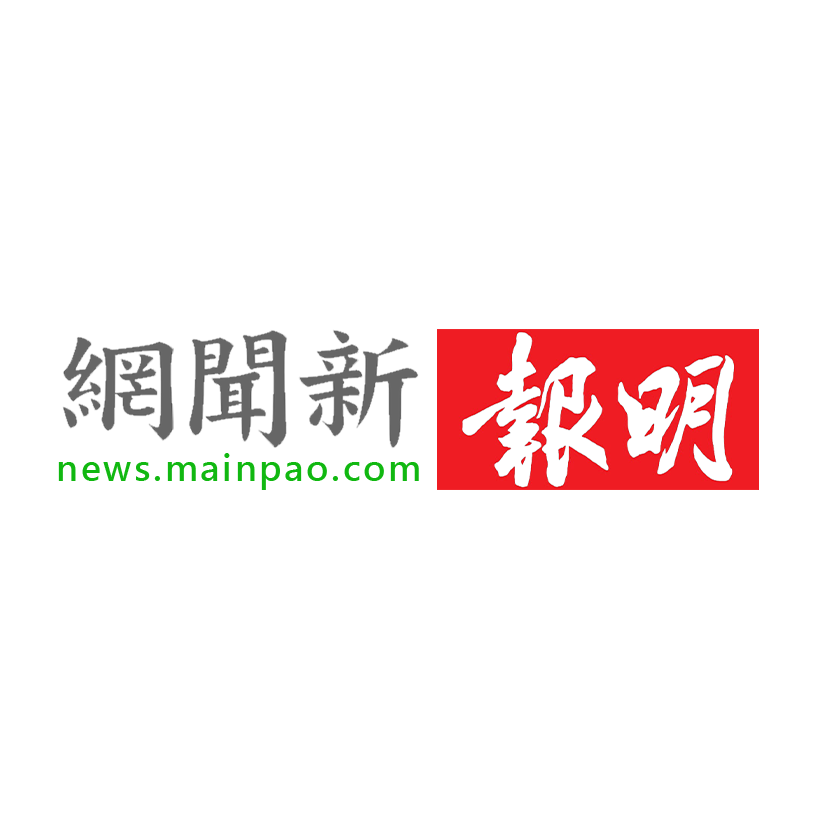觀點
Donald Low:Hong Kong needs to rethink its super-connector strategy (part 1)

【明報文章】The Hong Kong economy has had a lost half-decade. It shrank in two of the last five years; GDP growth last year barely made up for the shocking contraction of 3.5 percent in 2022. Growth in the coming years may continue to be sluggish as the Chinese economy grapples with high levels of debt (especially in property), excess capacity and insufficient demand, deflationary pressures, and a persistent decline in asset values. It is thus hardly surprising that the Hang Seng Index – a barometer of economic health in Hong Kong and the mainland – is barely higher than what it was on 1 July 1997.
Hong Kong’s economic woes should trigger a deep rethink of what Hong Kong needs to do to maintain its relevance in a global economy that has changed dramatically since the global financial crisis of 2008-2009 and the Covid-19 pandemic. In a less globalised and more polarised world, Hong Kong must consider whether its basic strategy of being the super-connector of China is (still) fit for the future.
The evidence of the last 26 years points to an inescapable conclusion: even if being a super-connector to China is a necessary condition of Hong Kong’s continued growth and prosperity, it is not a sufficient one. Hong Kong should strive to be much more than just a super-connector to China. There are at least three arguments that support this conclusion.
Being a super-connector has not helped Hong Kong outperform other hubs in Asia
First, despite being the super-connector of China – the world’s fastest-growing and most dynamic economy of the last quarter-century – Hong Kong’s growth has lagged Singapore’s by a considerable margin. As recently as 2003, Hong Kong’s GDP per capita (of about USD 26,000) was roughly the same as Singapore’s. Today, Singapore’s GDP per capita is nearly 70 percent higher than Hong Kong’s (see Chart 1); this despite the fact that China grew much faster than Southeast Asia in the last three decades.
Clearly, Singapore’s superior economic performance was not just due to fact that it was the super-connector of Southeast Asia. Instead, Singapore established itself as a key node in global value chains in a number of high value-added industries – electronics, petrochemicals, pharmaceuticals and biotech, and precision engineering to name a few. By contrast, Hong Kong’s economy has become overly specialised in services – finance and insurance, real estate, trade and logistics, and tourism – and overly reliant on growth in the mainland.
Defenders of Hong Kong’s growth model say that compared to Singapore’s, it is more productive because it is more market-driven, more dependent on private enterprise, less dependent on government interventions, and therefore less vulnerable to governmental mistakes and corruption. Critics of Singapore’s model also say that it is too diversified, too state-led, and too reliant on injections of capital and (foreign) labour. About three decades ago, economists such as Paul Krugman and Alwyn Young argued that Hong Kong’s growth model was more sustainable than Singapore’s because whereas growth in Hong Kong was led by total factor productivity (TFP, a measure of innovation), growth in Singapore was driven mainly by factor accumulation.
Krugman and Young’s predictions have not come to pass. There is little evidence in the last thirty years that Hong Kong’s economy has had higher TFP growth or is more innovative than Singapore’s. Meanwhile, as the Hong Kong economy became ever more specialised and reliant on growth in the mainland, the gains in efficiency may have been outweighed by the loss of economic diversity and resilience.
Being a super-connector has reduced Hong Kong’s economic diversity and made it overly reliant on growth in the mainland
The literature on regional integration is largely positive: economies grow faster when they integrate with larger markets. But the literature also highlights some risks for smaller economies – risks that Hong Kong should always have been alert to. For instance, firms and talent may leave for better opportunities in larger, faster-growing markets. The manufacturing sector may be hollowed out, and the loss of a manufacturing sector reduces opportunities for technology transfers and upgrading. A less diversified economy also exacerbates the smaller economy’s vulnerability to sector-specific shocks.
In addition to these well-known risks of integration, Hong Kong has also given up an important tool of macroeconomic stabilization – control of interest rates – because of its pegged exchange rate system. As the US raised interest rates to fight inflation in the last two years, the US dollar appreciated against other major currencies. Because of the weak recovery in the mainland, Hong Kong did not face an inflation problem; if anything, it needed lower interest rates to support investments and a weaker HKD to help exporters. But its hands were tied: the HKD’s peg to the USD required the Hong Kong Monetary Authority (HKMA) to intervene numerous times to defend the HKD. This, in turn, raised interest rates in Hong Kong, the opposite of what was needed.
Rather than enable Hong Kong to enjoy the best of both worlds, being a super-connector combined with the USD peg may have consigned Hong Kong to the worst of both worlds in the last two years. China’s structural problems meant that there has been no post-Covid rebound while the USD peg deprived Hong Kong of the ability to lower interest rates to support domestic demand.
Looking ahead, interest rates in the US are likely to come down this year; this would relieve the pressure on the HKD and allow interest rates in Hong Kong to moderate to levels more suited to Hong Kong’s context. But Hong Kong’s excessive reliance on growth in the mainland will not be reduced anytime soon. With GDP growth in China likely to slow to 3-4 percent in the next ten years, one would be exceedingly (and blindly) optimistic to believe that growth in Hong Kong would not be adversely affected.
Donald Low is Senior Lecturer and Professor of Practice in Public Policy, and Director of Leadership and Public Policy Executive Education, at the Hong Kong University of Science and Technology. This commentary is based on a talk he gave at a policy dialogue on “Hong Kong in a Polarised World: Still a Super-connector and East-West Intermediary?”
(本網發表的時事文章若提出批評,旨在指出相關制度、政策或措施存在錯誤或缺點,目的是促使矯正或消除這些錯誤或缺點,循合法途徑予以改善,絕無意圖煽動他人對政府或其他社群產生憎恨、不滿或敵意)
[Donald Low]

